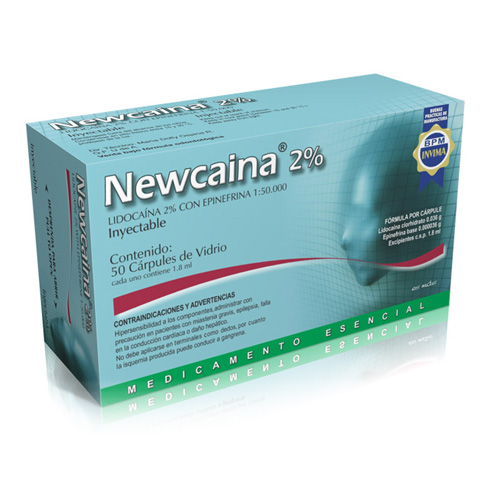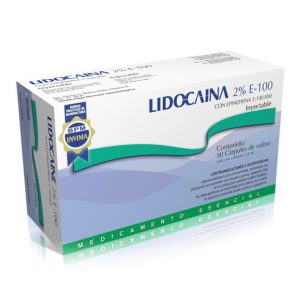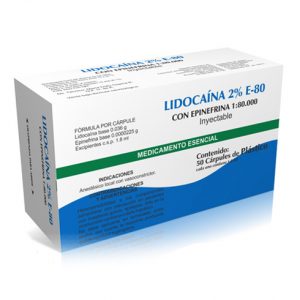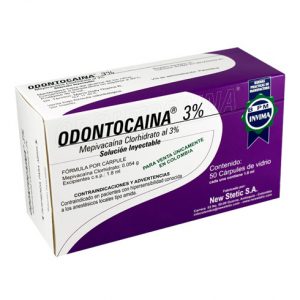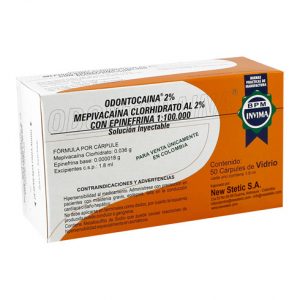Metabolism
Lidocaine metabolizes rapidly in the liver and is eliminated in several metabolites through the kidneys. Only 10% of this substance is excreted without alteration.
Epinephrine is rapidly inactivated in the human body. The human liver produces two enzymes for the destruction of circulating epinephrine. The action of liver is important but it is not indispensable in the degradation process. Most part of this substance is eliminated with urine.
Different concentrations of vasoconstrictor Epinephrine are used according to the different procedures in practice in professional dentistry. For very short oral interventions, it is advisable to use Lidocaine without Epinephrine. For medium or longer-time oral interventions or if it is necessary to reduce the bleeding in the area of intervention, it is advisable to use Lidocaine with Epinephrine in its different concentrations. With a higher concentration of vasoconstrictor Epinephrine (for example: 1:50,000), the time available for the dentist’s work will be longer.

